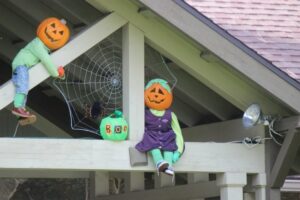
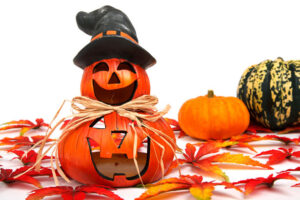 Halloween in the United States traces its origins to the customs of European immigrants, especially those from Ireland and Scotland. The term “Halloween” is derived from “All Hallow’s Eve,” which is the night before the Christian sacred observances of All Hallow’s Day on November 1st and All Souls’ Day on November 2nd. Similar to other significant Christian dates, it included vigils starting the previous evening. This trio of days is known as Allhallowtide, a time when Christians pay homage to all saints and offer prayers for the souls that have passed away recently. People pray for the dead for several reasons…among them, hope for salvation (it was thought that prayers express hope that God will free the deceased from sin and prepare a place in heaven), coping with bereavement (it was thought that praying for the dead helps ordinary Christians deal with loss), charity and atonement (it was thought that we can do acts of charity for the departed to help atone for their sins)…or so they believe. I don’t personally believe that our prayers for the dead will do these things, but that was the tradition.
Halloween in the United States traces its origins to the customs of European immigrants, especially those from Ireland and Scotland. The term “Halloween” is derived from “All Hallow’s Eve,” which is the night before the Christian sacred observances of All Hallow’s Day on November 1st and All Souls’ Day on November 2nd. Similar to other significant Christian dates, it included vigils starting the previous evening. This trio of days is known as Allhallowtide, a time when Christians pay homage to all saints and offer prayers for the souls that have passed away recently. People pray for the dead for several reasons…among them, hope for salvation (it was thought that prayers express hope that God will free the deceased from sin and prepare a place in heaven), coping with bereavement (it was thought that praying for the dead helps ordinary Christians deal with loss), charity and atonement (it was thought that we can do acts of charity for the departed to help atone for their sins)…or so they believe. I don’t personally believe that our prayers for the dead will do these things, but that was the tradition.
Of course, there are other traditions that have come into being concerning Halloween. Some traditions take on 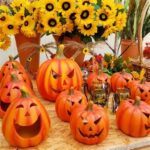 “the darker side” and some keep things purely secular, saying that Halloween is just a day of kids costumes and free candy. For the kids, it seems that while the costumes are cool, having a huge sack of candy, that will supposedly be under their complete control, is beyond the coolest of their imaginations. Of course, most parents won’t allow the child to have complete control of so much candy, but hey, a kid can dream.
“the darker side” and some keep things purely secular, saying that Halloween is just a day of kids costumes and free candy. For the kids, it seems that while the costumes are cool, having a huge sack of candy, that will supposedly be under their complete control, is beyond the coolest of their imaginations. Of course, most parents won’t allow the child to have complete control of so much candy, but hey, a kid can dream.
In colonial America, Halloween was not celebrated as it is today. The New England Puritans strongly opposed this holiday, along with many others. Some historians note that Anglican colonists in the southern United States and Catholic colonists in Maryland observed All Hallow’s Eve in their church calendars. Nevertheless, it did not become a significant holiday until the mass immigration of the Irish and Scots in the 19th century. The Irish and Scottish immigrants introduced customs like carving turnips, creating jack-o-lanterns, and igniting bonfires. These traditions merged with those of other communities in America. Initially, pumpkin carving in the United States was linked to harvest time, but eventually it became a Halloween staple. In Cajun regions, influenced by French culture, night masses were held, blessed candles were placed on graves, and families often spent the entire night beside their loved ones’ resting places.
Personally, I like the cute little costumes the little kids wear, and how excited they are when someone gives 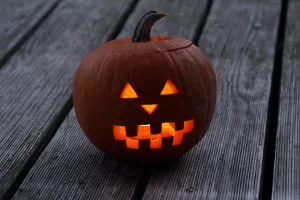
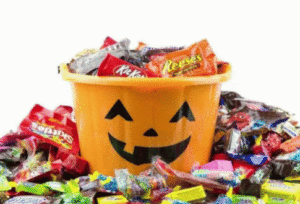 them candy. I saw a commercial in which a boy tells his dad what he loves about Halloween…that people give him KitKats for free. It doesn’t faze the boy at all, when his dad tells him that he’s 8 and therefore all his KitKats are free. The boy isn’t concerned about that, he just keeps on talking about why he loves the day. However you celebrate, have a safe and happy Halloween.
them candy. I saw a commercial in which a boy tells his dad what he loves about Halloween…that people give him KitKats for free. It doesn’t faze the boy at all, when his dad tells him that he’s 8 and therefore all his KitKats are free. The boy isn’t concerned about that, he just keeps on talking about why he loves the day. However you celebrate, have a safe and happy Halloween.


Leave a Reply